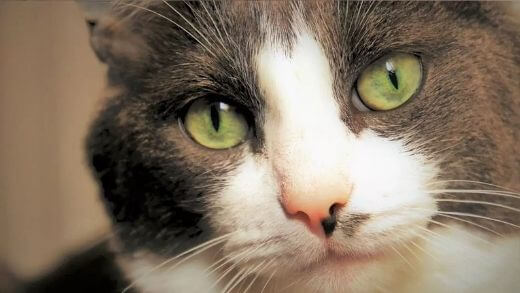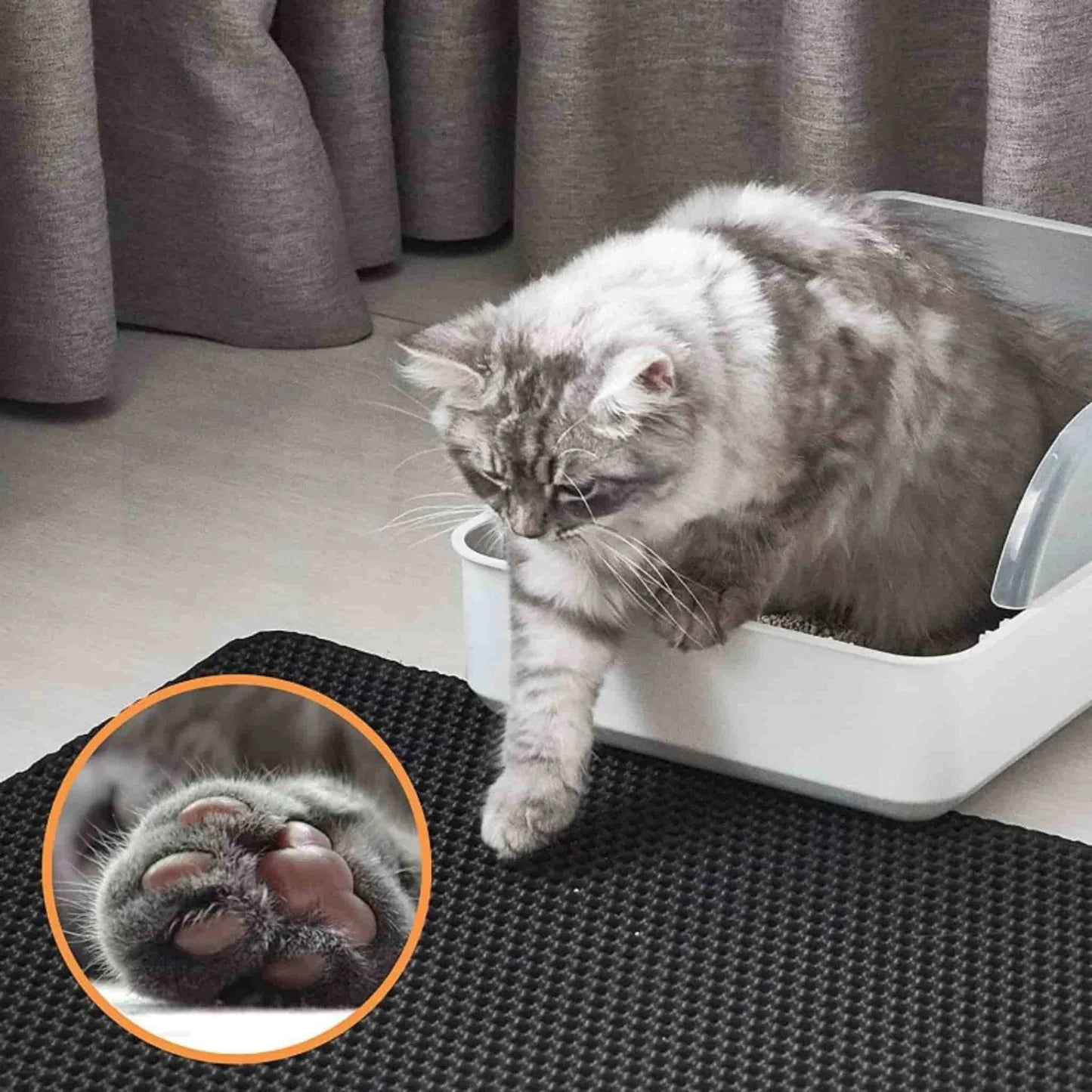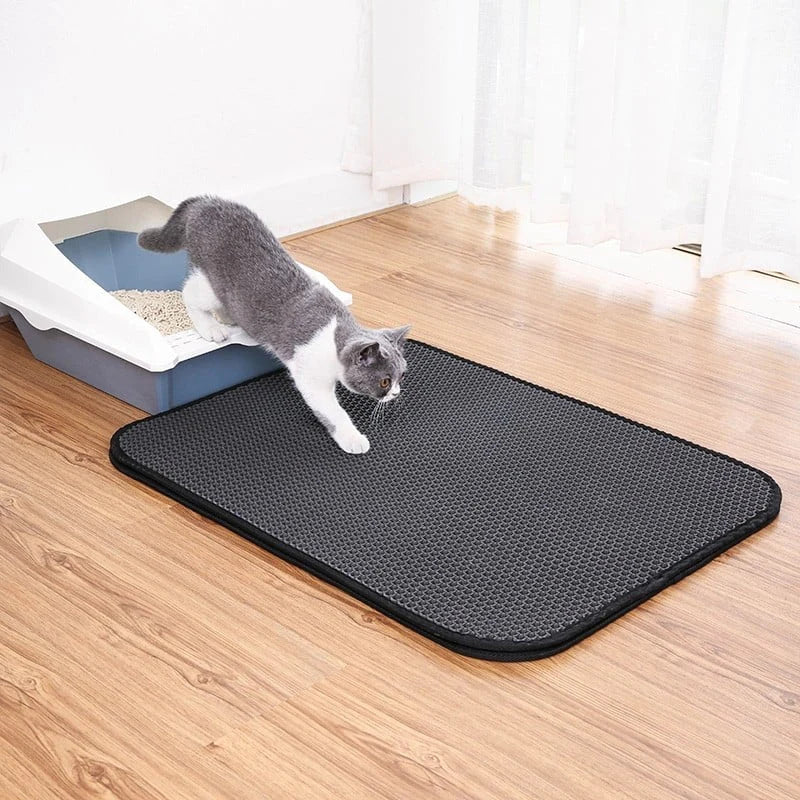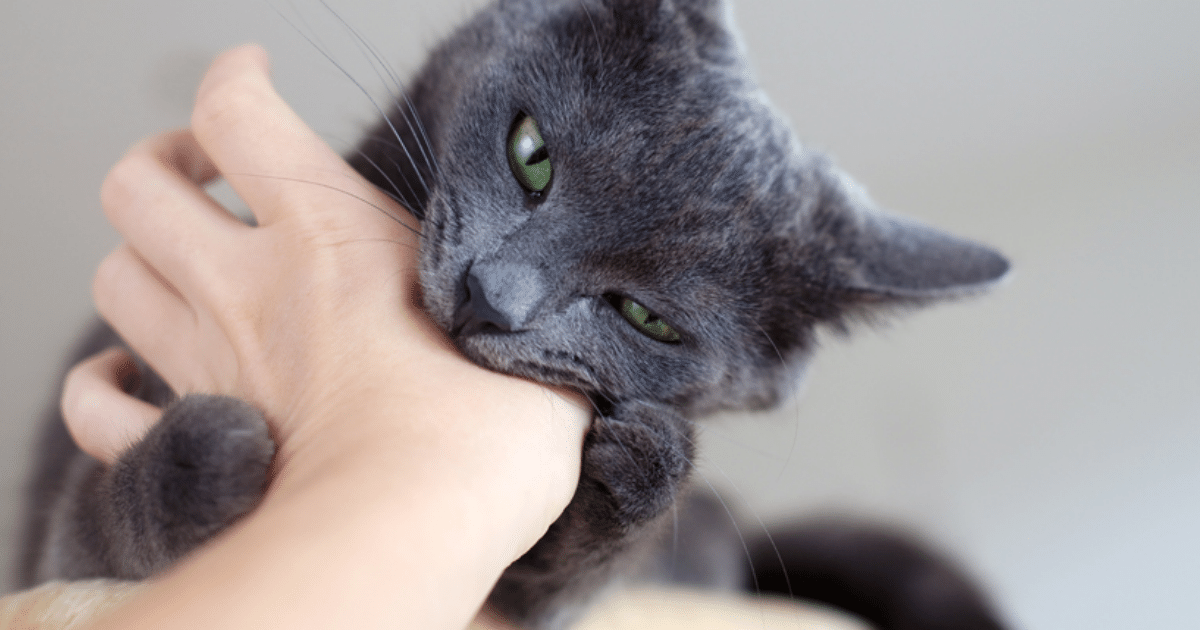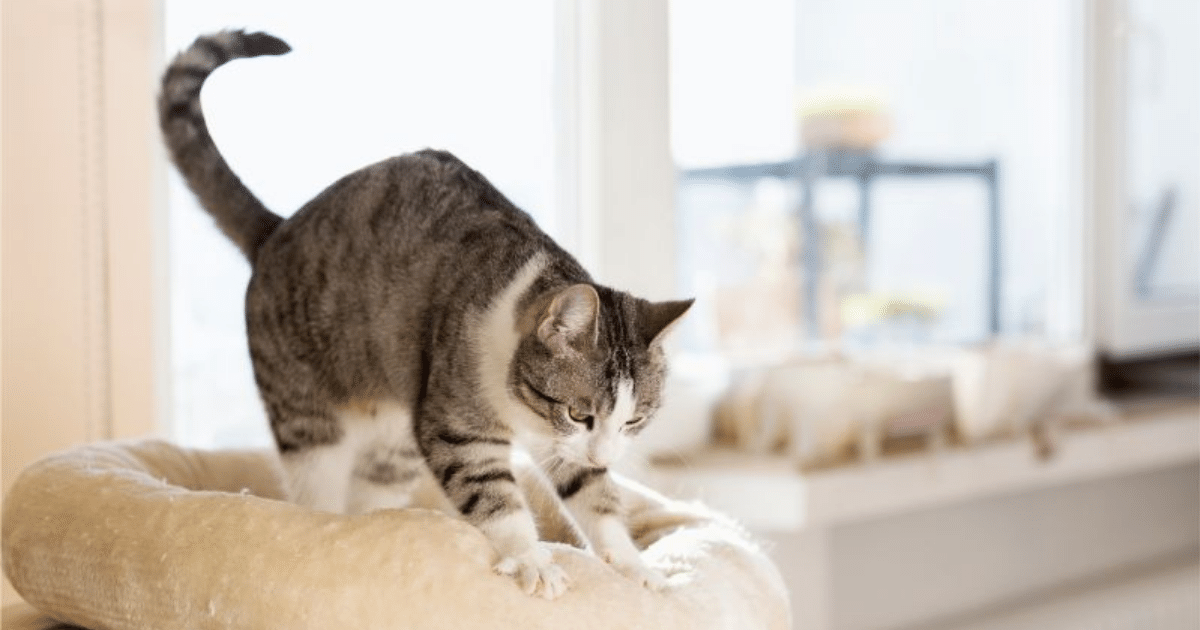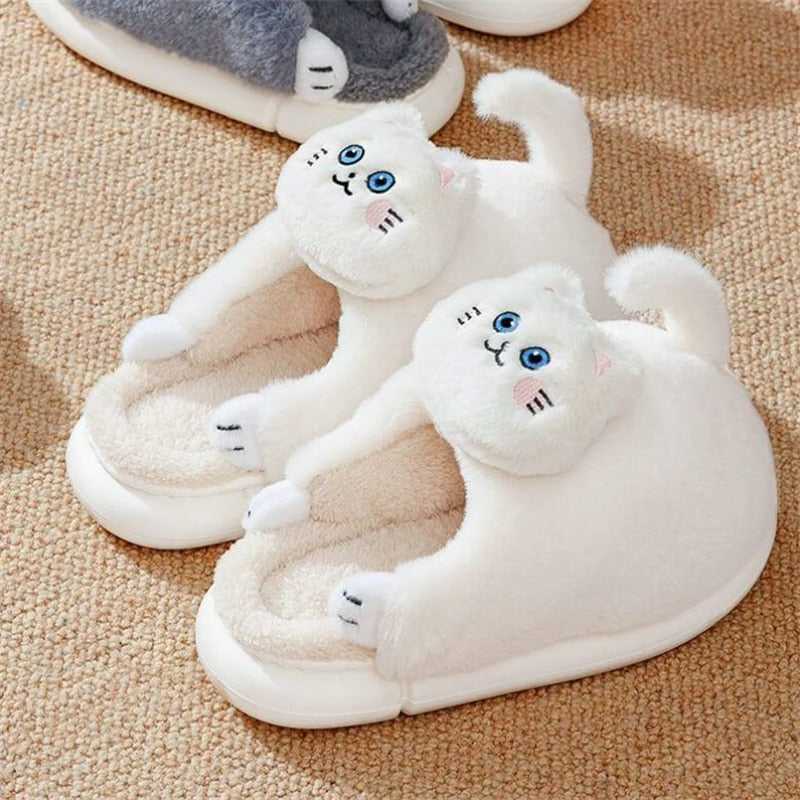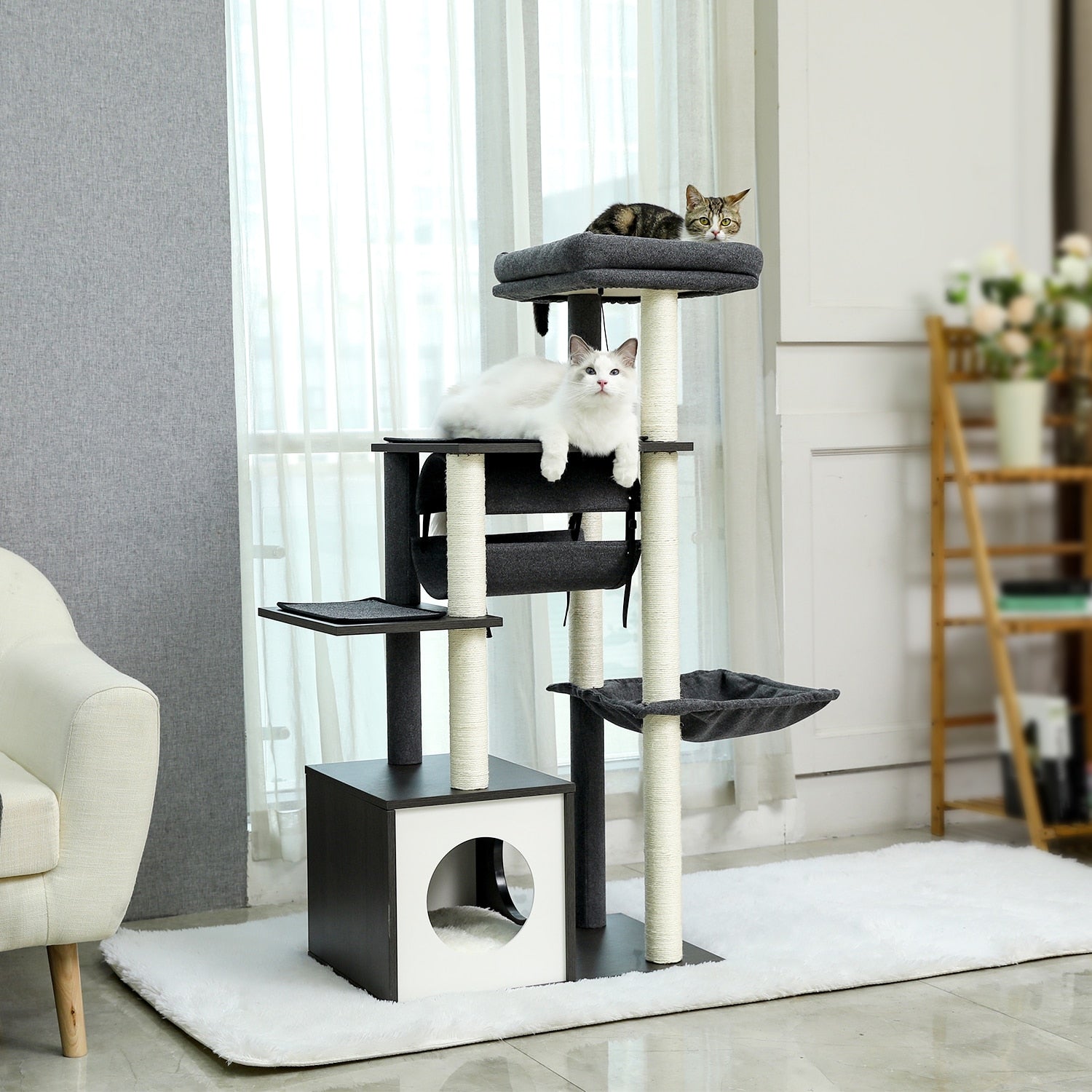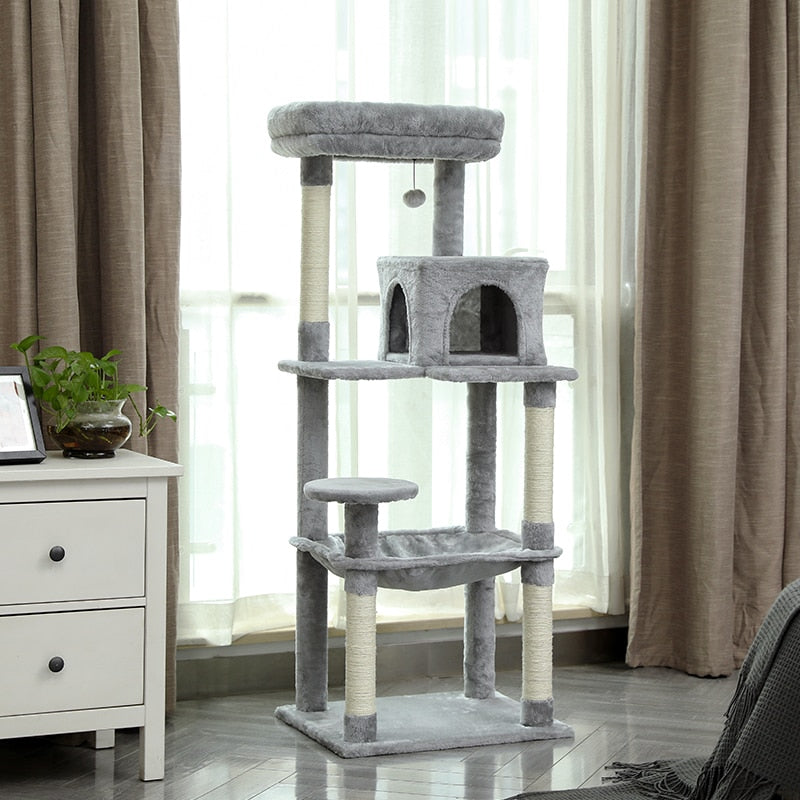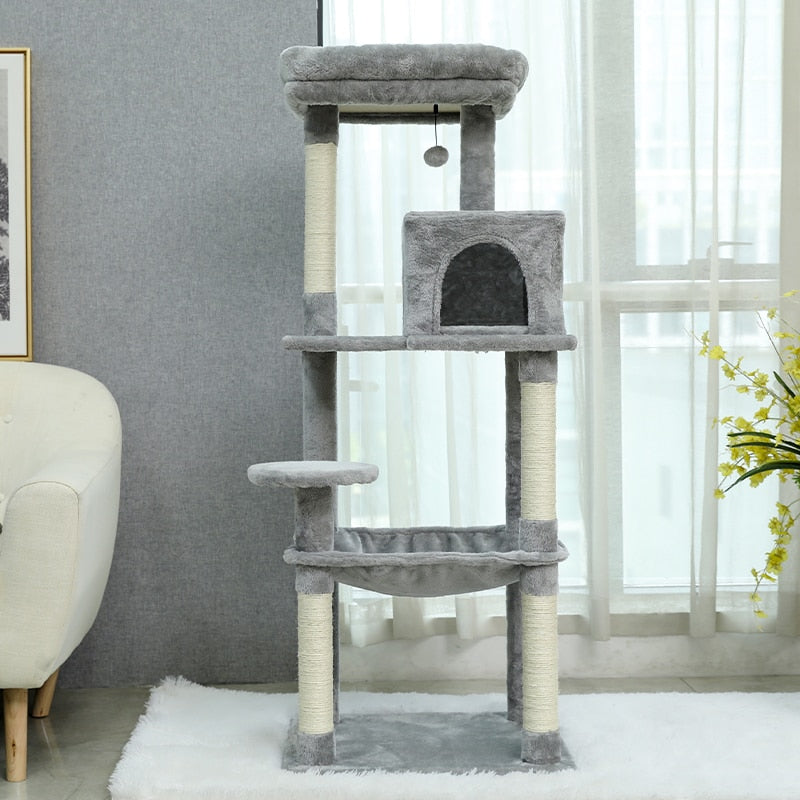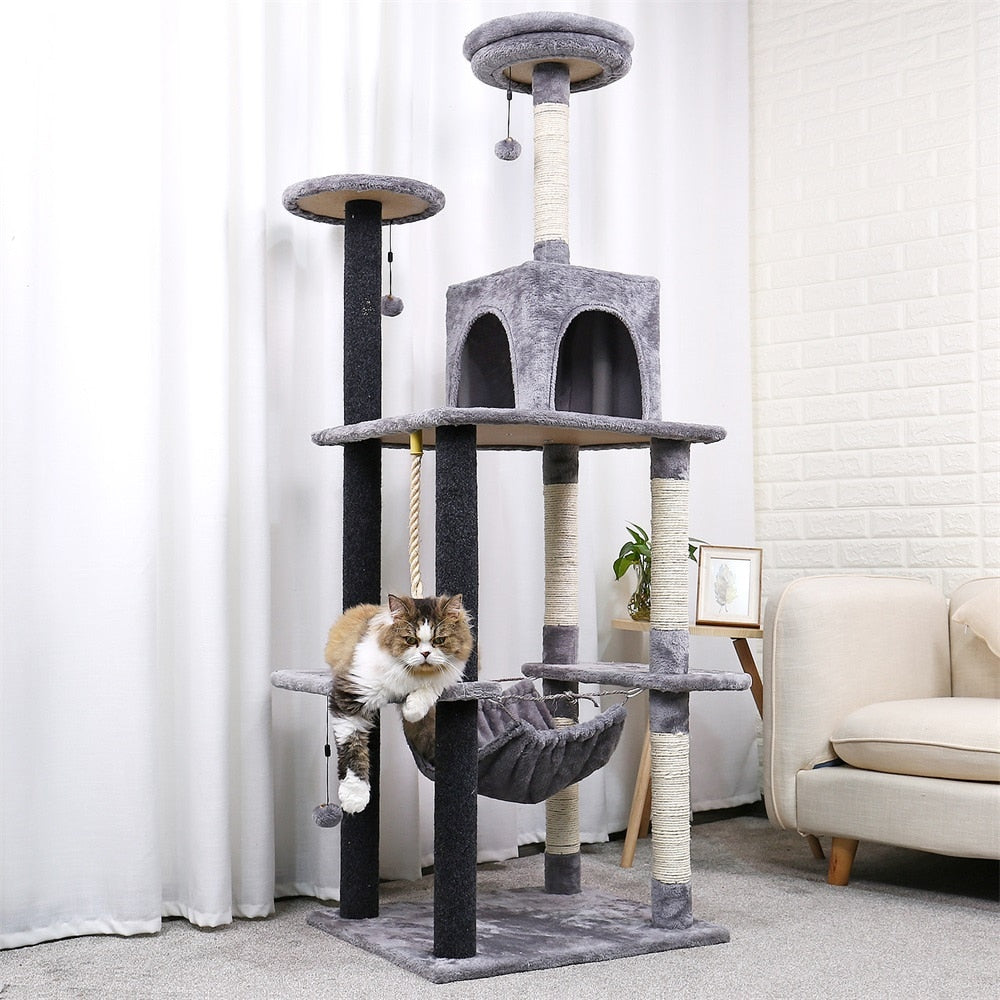How and why to clean your cat's nose?

The cat has an ultra powerful sense of smell, which is 70 times more developed than that of humans. You will have understood it correctly: the cat's nose is a very important organ. In addition to recognizing smells, distinguishing tastes and communicating olfactoryly with its congeners, it allows it to filter the air that enters the cat's lungs.
And like any filter, your little feline's nose needs regular maintenance if it becomes clogged on its own or cannot be cleaned by the cat itself.
In the rest of this article, you will find everything you need to know about this vital organ for your cat, as well as all our tips for taking good care of it and ensuring optimal comfort for your cat.
Why clean your cat's nose?
As you know, the cat is a very clean animal. He grooms himself daily, all by himself. However, he will need your help to clean hard to reach parts such as his nose and especially his nostrils, and the same goes for his ears.
Still referred to as a muzzle, nose or rhinarium, the truffle is the hairless surface of pink or black pigmentation and conical shape, which surrounds the nostrils of the cat. This organ not only allows your little animal to breathe, but also to smell odors, as well as to communicate with its congeners.
To relieve the cat and allow him to breathe well
The cat's nose acts as a filter for the air which enters the lungs of the animal. Thus, over time, debris and dirt accumulate in the nostrils, and can over time obstruct the nostrils, interfere with breathing and make the cat uncomfortable.
In addition, your cat may be prone to allergies or diseases (such as coryza) causing large nasal secretions that will prevent the animal from breathing well. It will therefore be important in these cases to clean the nostrils of your 4-legged friend more regularly.
So that your cat recognizes smells and tastes well
With its more than 200 million olfactory cells, the nose is the cat's organ of smell, which incidentally is 70 times more developed than that of humans. Basically, the muzzle allows the cat to distinguish the smells and also the tastes of food. A stuffy or poorly maintained nose will only decrease your pet's sense of smell.
To facilitate olfactory communication
To communicate with each other, cats also use many odors (not perceptible by humans) through pheromones, in particular to mark their territory or signal their presence. A well-maintained truffle is therefore essential for a good olfactory communication of your cat with its congeners.
How to maintain the cat's nose?
To take care of your cat's nose, you will need to equip yourself with a few accessories, as well as use a few techniques to make your job easier.
First of all, it should be noted that there are two types of nose cleaning in cats, routine cleaning and pathological cleaning.
- Routine cleaning of the cat's nose: The objective is to clean the various flows, clumps of dirt or dust blocked on the cat's nose, the edges of the nostrils and other corners. This type of cleaning is regular in cats with flattened faces.
- Pathological cleaning of the cat's nose: The goal is to completely clean your cat's nasal passages with medical treatment prescribed by the veterinarian. The cat's nose is then most often completely blocked due to excessive secretions or following an operation.
What you need: Accessories
To ensure the proper cleaning of your cat's nose, you need cotton swabs, a single-dose pipette of physiological serum or other prescription from your veterinarian, as well as tissues, Kleenex or paper towel.
Procedure for cleaning the cat's nose:
- Immobilize your cat so that it can work easily. To do this, place your cat on a flat and stable surface (on a table for example), positioning yourself behind the animal, so that you can hold it and control it easily. To immobilize your little feline, hold him by the skin of his neck.
- For the surface of the nose: Use a tissue soaked in water or physiological serum to clean the outer part of the nose, rub gently to remove the various stains. Do not press insistently, prefer to iron several times to soften the secretions and crusts.
- For the inside of the nose: Gently insert a cotton swab soaked in physiological serum in the nostrils of the animal, do not force and do not completely insert the cotton swab, simply on the entrance of the nose. By rotating so as to lift off and remove dirt. Repeat this process until the nostrils are clean.
In case of severe obstruction of the nasal passages, do not hesitate to pour a few drops of physiological serum in the nostrils of the cat and leave to act for a few minutes, in order to more easily eliminate the impurities. Note that all these operations will be even easier if your cat has been used from an early age to have his nose cleaned.
Frequency of cleaning
It is strongly recommended that you clean your cat's nose as soon as you observe abnormal deposits on the nose, it may bea symptom of illness, whether it is a kitten or an adult cat.
In addition, if your cat is the victim of an allergy or a disease causing significant nasal discharge such as coryza, then cleaning his nose should be done weekly, daily, or even several times a day.

